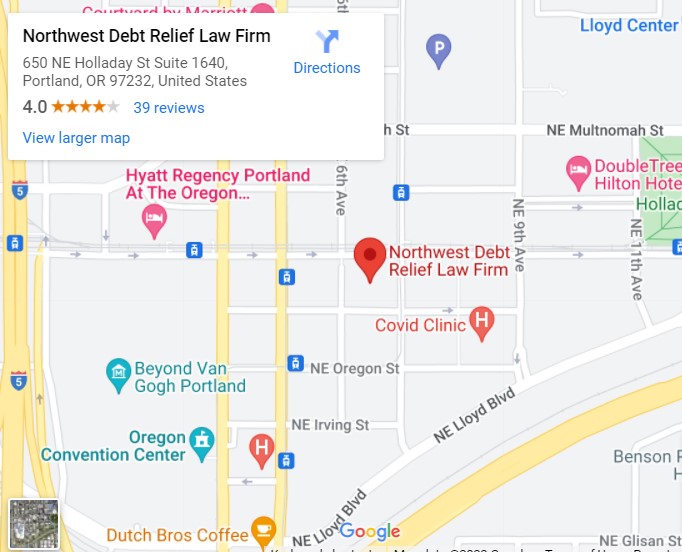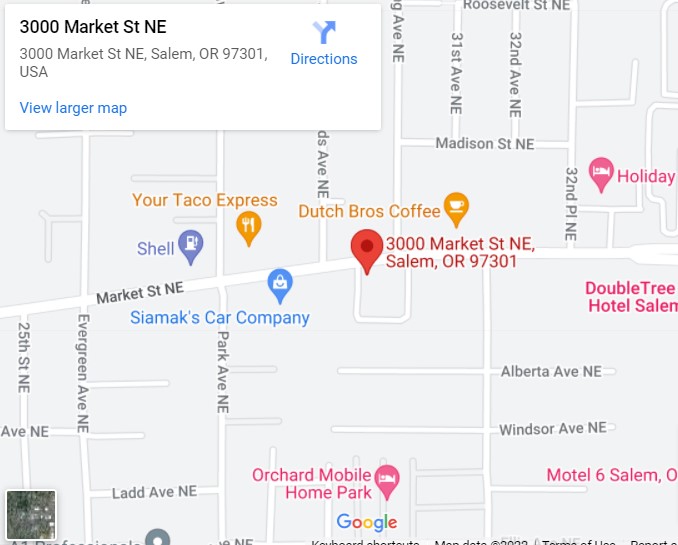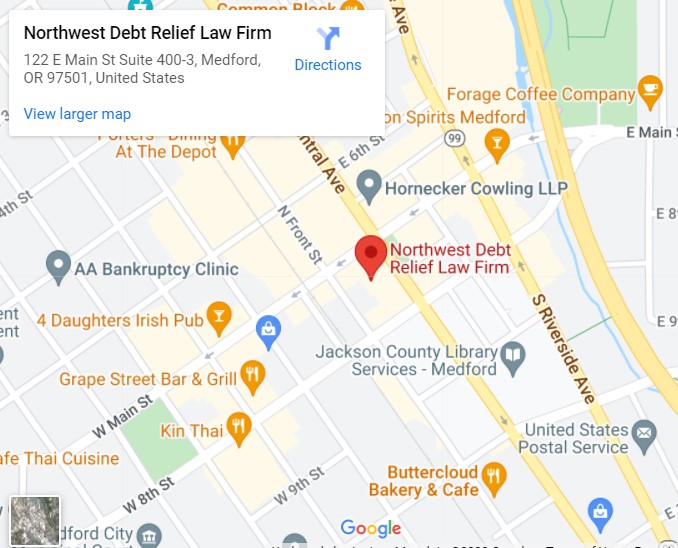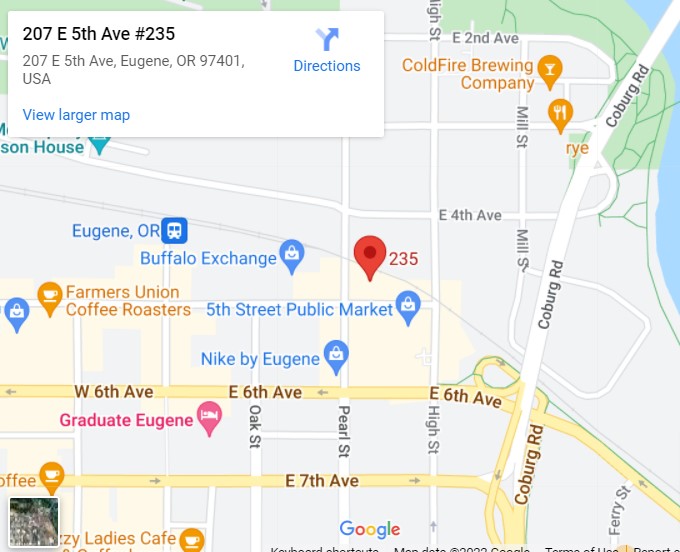You never want to put all your eggs in one basket, but for many Oregonians behind on their mortgages, it sometimes feels like they don’t have any choice. Do they put all my effort into modifying their mortgages, or do they file Chapter 13 bankruptcy to stop the lender from either initiating or completing the foreclosure process and then try to modify the mortgage later once they are safely under the protection of the bankruptcy court?
For Oregonians who are already in default, it’s obviously risky to assume that the mortgage modifications are going to go through prior to foreclosure. Sadly, it often seems like the lenders hold out the carrot of modification up to the date the property is sold off on the courthouse steps. With this in mind, let’s consider a couple of the risk factors associated with modification that argue for taking an aggressive approach with respect to seeking bankruptcy relief.
First, if you have already been denied for an application and there really hasn’t been much of a change in your financial circumstances, it’s probably time to consider options outside of modification. Sometimes the filing Chapter 13 provides the change of circumstances that you will need to ultimately modify the mortgage. Sometimes lenders faced with the prospect of being repaid mortgage arrears at zero percent interest over three to five years become a bit more reasonable about granting modifications.
Second, if you have equity in an Oregon property, you will probably have less of a chance of modifying your mortgage than if you were upside down. Kind of counterintuitive, but if you think about it, the real incentive for lenders to modify is to not lose money. If you have equity in your home, the lender gets it’s money back in the foreclosure so it does not have as much incentive to modify. If, however, you are completely upside down in your mortgage, your lender has every incentive to modify. After all it will take a loss in the foreclosure and likely a pretty massive one once its legal and servicing costs are added to the total. The lender on the cusp of taking a real loss is going to be much more amenable to giving Oregon borrowers a second chance.
One important thing to remember is that in Oregon a Chapter 13 Plan can often be approved that gives you six months to work out a modification with your lender. This may represent the best of both worlds. First, you stop the unnecessary fees, interest and costs from being added to the total by filing the Chapter 13 case. Second, you cut off your lender from initiating or completing a foreclosure. Third, you give yourself six months to work something out with a lender before you become obligated to pay back the arrears over three to five years. Finally, you put yourself in a different and arguably superior class of modification candidates










